Here’s how to make sure you get the best bow for your hunting style — and your money.
If you’re reading this you’ve probably been bowhunting a while and even bought a new bow or three. If that’s true, you might be set in your ways when it comes to seeking a new venison-making machine. Or, perhaps you are somewhat new to the game, and are not sure where to start. Regardless, I am sure that someplace you have read the usual advice on how to choose a new hunting compound bow. Rest assured the following is not the same old advice you’ve read before.
That’s true for two reasons. First, I have been doing this a long time and have seen the common mistakes many folks make. Heck, I’ve made a lot of them myself. And second, the world of compound bows has changed drastically in just the last three years. There are so many excellent bows on today’s market it can become somewhat confusing trying to sort them out. That also means that, if you follow the proper procedures, odds are good you’ll come away with the best bow you’ve ever owned.
Do Not …
Before getting started, here are some common mistakes you can easily avoid when bow shopping. Do Not …
* Start shopping cold turkey. Like any major purchase, you need to do your homework. Start with the various manufacturer’s websites. Get a feel for what’s available, and just as importantly, what new features are being hyped.
* Buy from an internet retailer first thing. For some reason, thousands of bowhunters quickly decide this is the bow for them, then think they can get the best deal by ordering one online from a major internet retailer or big box store. Bad idea, for a number of reasons, not the least of which is the fact that if you buy sight unseen and then find the bow doesn’t fit right or you just do not like it, there are going to be problems. Big problems.
* Shop with a closed mind. Your buddies all might like Brand X, but this might not be the best bow for you. Never forget that, when it comes to compound bows, it is not a “one size fits all” kind of thing. There’s a great deal of brand allegiance in archery. Don’t get caught up in it! Take the time to try several different makes and models before you make a final decision.
Do …
- You’ve done some preliminary research and have a good idea what’s out there, and what it costs. You should:
* Visit a reputable archery pro shop: Hopefully, there is one within a reasonable driving distance of home. This is where everything should start. Speak with shop personnel and tell them what you are interested in. Then, before you do anything else, have them measure your draw length. It’s amazing how many bowhunters have never had this done. Shooting a bow that is even just one-half inch too long or too short can keep you from being as consistently accurate as you can be.
* Remember that there is no “best” compound bow — just the best one for you. With that in mind, now is the time to test shoot various models, and generally get the feel of as many bows as you can. Most pro shops carry several different brands, so you can try a lot of bows. Also, if there is more than one pro shop within a reasonable distance of your home that carries different brands, try and visit them both so you can shoot as many bows as possible.
* As you shoot several bows, keep in mind that not everything about bows is quantifiable. Some are just going to feel better to you than others. This feeling is important! It may be intangible, but hunting with a bow that has the right “feel” and just somehow agrees with you will very likely make you a better shooter.
* Try shooting different draw weights. Most compounds sold today have a draw weight range of either 50-60 or 60-70 lbs. If the bow you are trying is a 70 lb. bow, try shooting it at 65 lbs., too. You may be very surprised at how much easier it is to smoothly draw and hold the bow at full draw at the lower poundage, as well as shoot accurately — especially if you have to contort your body in a hunting situation. You’ll lose a little raw arrow speed, but so what? The point is that giving up a few pounds of draw weight at this level will not affect arrow penetration on deer-sized game.
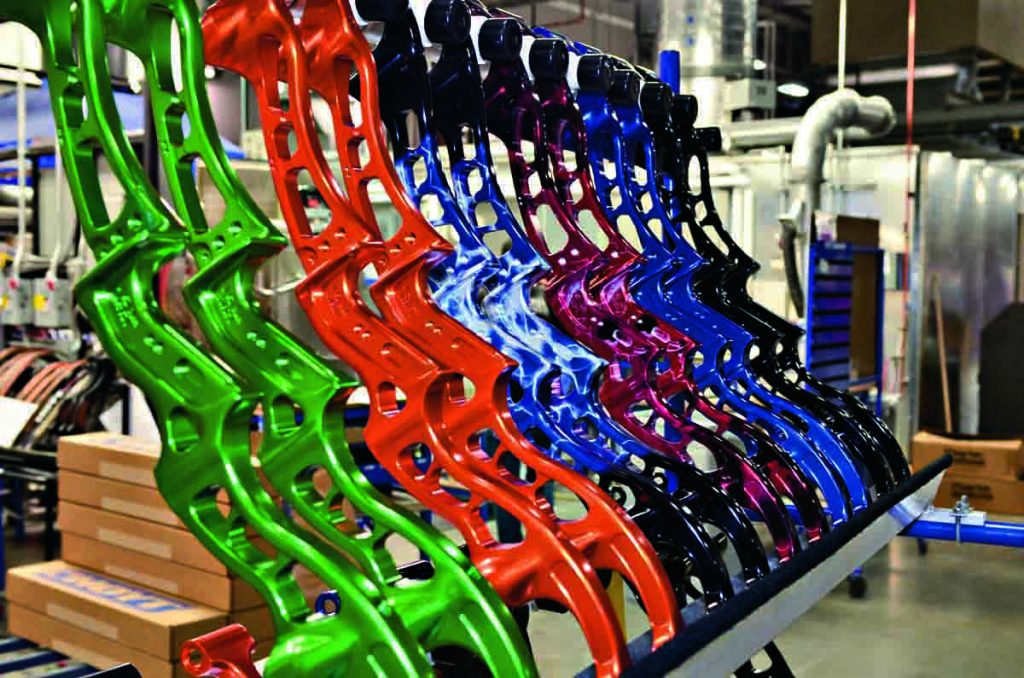
Modern compound bows are designed by skilled engineers looking to produce high-quality and efficient machines. In this they succeed wildly! Here are some risers at the Hoyt factory in Salt lake City, UT.
Basics of Bow Design
Modern compound bows really are technological marvels. They are extremely efficient machines. Here are some things to consider about today’s new bows.
First, the trend is towards shorter bows with an overall axle-to-axle length of 30-34 inches, with 32 inches being a popular length. There are also many bow models with overall lengths of 34-38 inches. Remember that while the shorter bows are lighter and easier to maneuver in the woods, they are also less forgiving in small flaws in your shooting form. Also, their lighter weight makes them more difficult to hold steady at full draw, and their shorter length makes it harder to avoid torquing the bow with your bow hand — one of the most common shooting flaws.
Brace height is another often overlooked design feature. Brace height is defined as the distance from the bowstring to the grip. A shorter brace height equals more stored energy equals more arrow speed — generally a good thing. However, shorter brace heights (today that is usually considered 6 ½-inches or less) are less forgiving of small flaws in shooting form. Many bows try and keep the brace height at or near 6 ½-7 inches, which is a good number for most of us.
The “draw cycle” of a bow describes what is technically known as the draw force curve. Basically speaking, the draw force curve measures the varying amounts of draw weight you feel as you pull the bowstring back to full draw. As you draw the bow, there are three stages. In stage one, as you begin to draw, the weight increases. In stage two, it reaches its peak draw weight and plateaus. Finally, in stage three, it drops back down to arrive at a small percentage of the peak weight. Now you’re holding the bow at full draw.
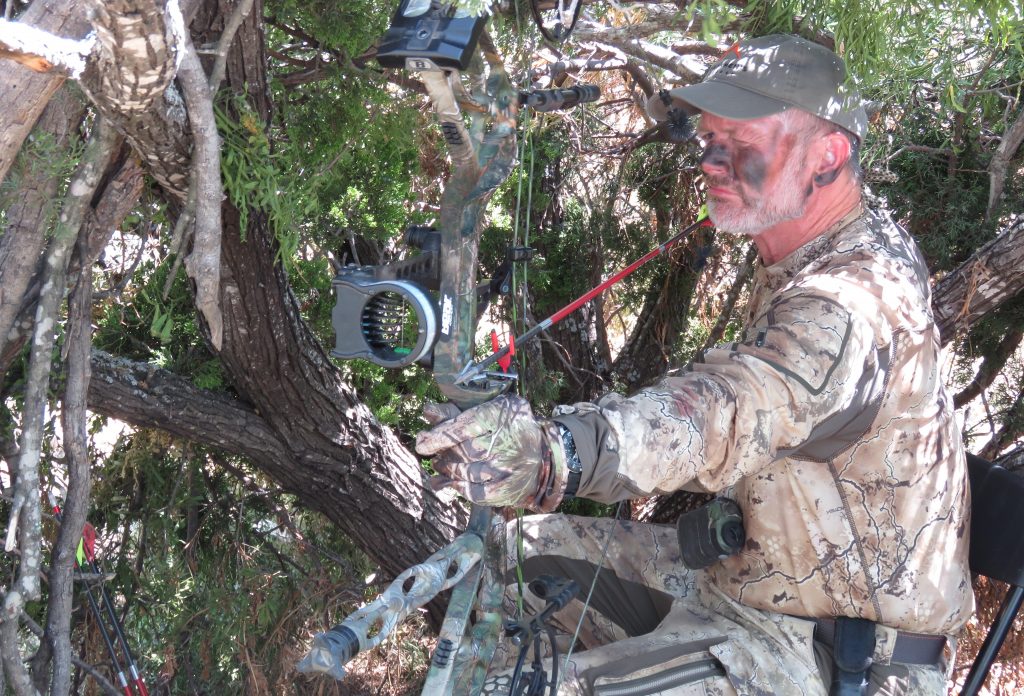
What’s important here is that there are basically two types of draw cycles — smooth and a little jerky. Smooth drawing bows gradually rise to their peak weight, then fall gently down to the holding weight at full draw. They are easy to draw smoothly, but they store less energy than a jerky draw bow and, thus, shoot a bit slower arrow. On the other hand, a bow with a “jerky” draw ramps up the draw weight rapidly, then drops off sharply until it reaches the holding weight at full draw. They are harder to draw, and much harder to draw smoothly. They are a bit more difficult to master, but they store more energy and shoot a faster arrow, all other things being equal.
This is a matter of personal preference, but most average archers shoot a smooth-drawing bow better. What is more important to me is that the bow offers a solid back wall, which means that when the bow is at full draw the bowstring does not want to “creep” forward. This sloppy back wall makes it very easy to slightly change your anchor point with every shot, which of course, means poor accuracy. I avoid bows with sloppy back walls like the plague.
What about single cam vs. one-cam vs. hybrid cam vs. binary cam bows? Don’t worry about it. All have their plusses and minuses, and all are the centerpiece of excellent bows. The same is true in the solid vs. split limb debate. Truth be known, either is a good choice — and it’s really more a function of a particular bow’s design.
What About Arrow Speed?
Generally speaking, faster is better when it comes to arrow speed. However, this isn’t the only thing. As one of my very accomplished bowhunting buddies likes to say, “I’d rather have a slow hit than a fast miss any day.” How right he is!
Pretty much all manufacturers try and use both the IBO and AMO speed rating systems to pump up the actual speed at which their bows can shoot a hunting-weight arrow. The only way you’ll know how fast a particular bow shoots your arrow is to shoot it through a chronograph, which you can do at the pro shop.
Don’t get caught up in the rocket speed game. I personally like to shoot my mid-weight hunting arrows in the 270-280 fps range, and have found that, for me at least, anything over 300 fps is more difficult to accurately shoot a mid-weight arrow than it is worth.
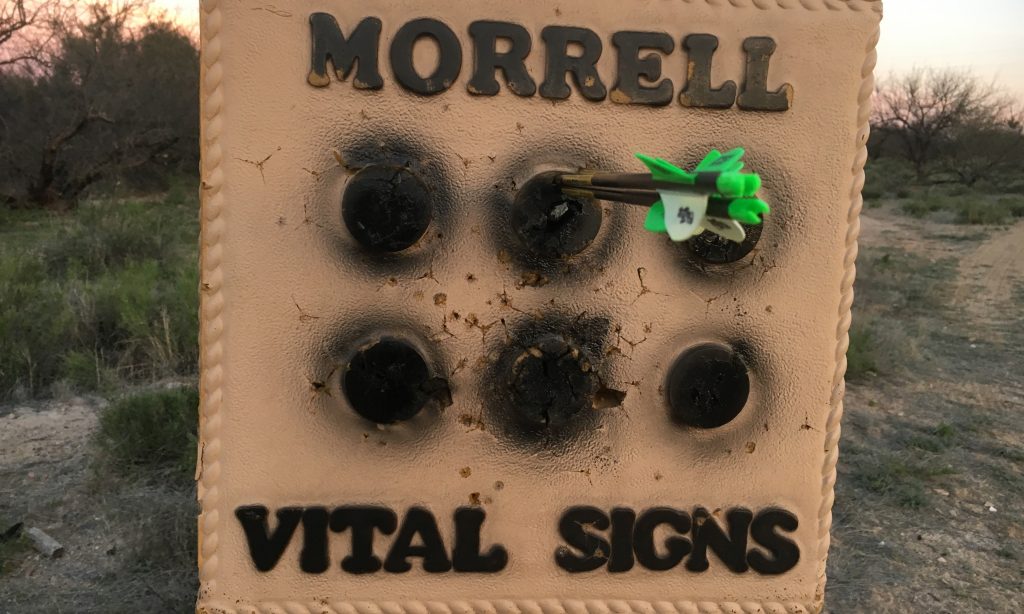
The Bottom Line
When it comes to compound bows, the truth is you really do get what you pay for. The most expensive bows usually have the most recent technological advances, are built to tight tolerances, and are backed with a solid warranty. At the same time, there are many mid-priced compounds on the market today that are excellent.
The key is to try as many different bows as you can, then let the new bow choose you. Don’t force it, and don’t be in a hurry. Do not be afraid to shoot a bunch of bows, eliminate some, come back to the pro shop another day, shoot some more, eliminate some more, then do it again. At the end of the day, you’ll walk away with a product that will both be fun to shoot and help you out venison in the freezer for many years to come.
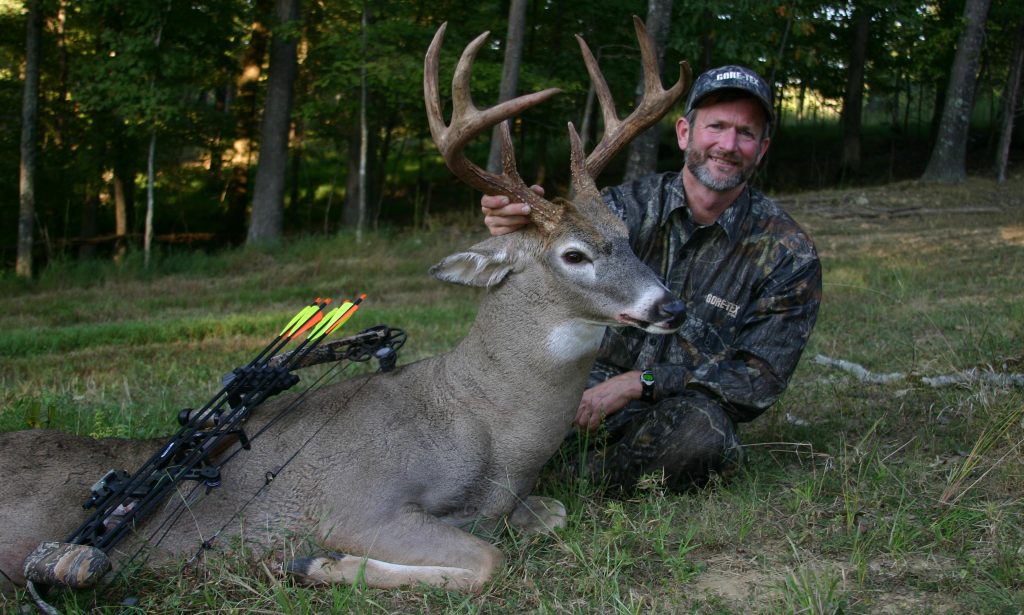
That’s what it is all about.
When you buy a new bow, it’s possible that some accessories from your old bow can be transferred over. A stabilizer and bow sight come immediately to mind. However, some will not. If you like a bow-attached quiver, you’ll need one specifically designed for your new model. You’ll need a new arrow rest, peep sight, and string loop, too.
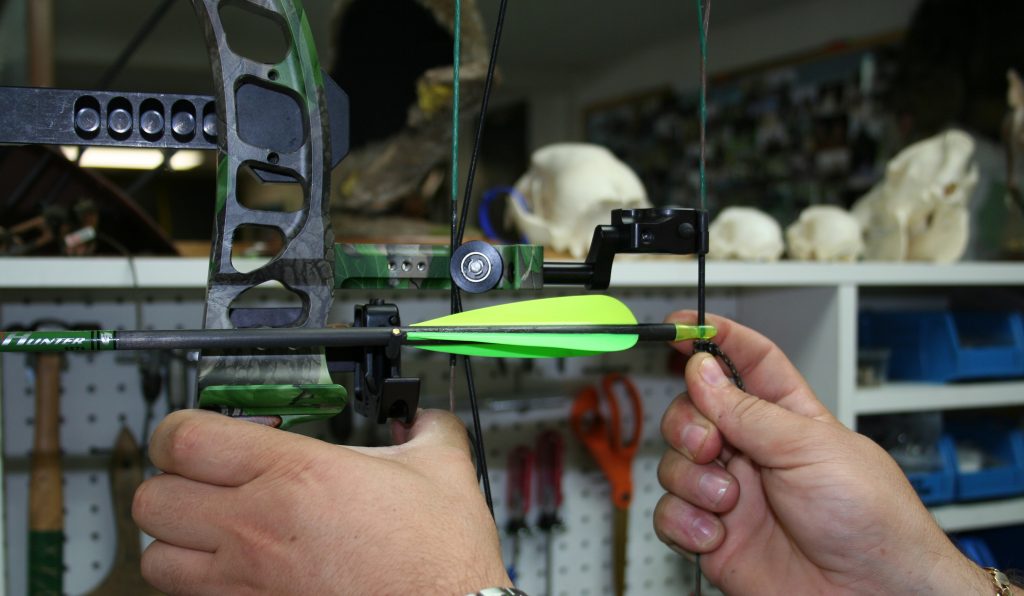
Personally, when I walk out of a pro shop I want to be ready to rock. When you buy a bow from the pro shop, part of the deal should be to have the pros set the bow up for you, installing the arrow rest, string loop, and bow and peep sights, then paper tune it so your hunting arrows are flying like laser beams. I also want to shoot my hunting arrows through the chronograph so I know exactly how fast they are.
This is one of the huge advantages of buying in person from a reputable pro. Having a good relationship with the shop will help ensure that if and when problems arise, they will be taken care of promptly and correctly at a fair price.




